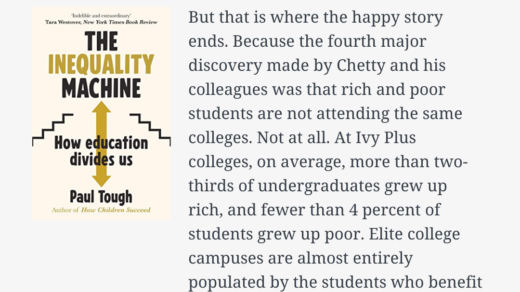Fortunately, inspired by Card’s work, a number of other scholars tried to identify similar episodes where migrants or refugees were sent to a place with little warning and no controls over where they should go. There is a study examining the repatriation to France of Algerians of European origin resulting from Algeria’s independence from France in 1962.24 Another study looked at the impact of massive immigration from the Soviet Union to Israel after the Soviet Union lifted the emigration restriction in 1990, which increased Israel’s population by 12 percent in a space of four years. Yet another looked at the impact of the large influx of European immigrants into the United States during the age of the great migration (1910–1930). In all of these cases, the researchers found very little adverse impact on the local population. In fact, sometimes the impacts were positive. For example, the European migrants to the United States increased overall employment in the native population, made it more likely natives would become foremen or managers, and increased industrial production. There is also similar evidence from the more recent influx of refugees from all over the world on the native population in Western Europe. One particularly intriguing study looks at Denmark. Denmark is a remarkable country in many ways, and one of them is that it keeps detailed records of each member of its population. Historically, refugees used to be sent to different cities without regard for their preferences or their ability to find a job. All that mattered was the availability of public housing and the administrative capacity to help them settle down. Between 1994 and 1998, there was a large influx of immigrants from countries as diverse as Bosnia, Afghanistan, Somalia, Iraq, Iran, Vietnam, Sri Lanka, and Lebanon, and they ended up sprinkled, more or less randomly, across Denmark. When the policy of administrative placement was abandoned in 1998, migrants most often went where their co-ethnics were already located. Therefore, the places where the first group of migrants from, say, Iraq had landed more or less by pure chance are where the new Iraqi migrants headed. As a result, some places in Denmark ended up getting a lot more migrants than others, for no good reason other than at some time between 1994 and 1998, they had spare capacity for resettlement. This study came to the same conclusion as the historical ones. Comparing the evolution of wages and employment of less-educated natives in cities subject to this chance influx of migrants to those in other cities, it found no evidence of negative impacts. Each of these studies suggests low-skilled immigrants generally do not hurt the wages and employment of the natives. But the level of rhetorical fervor in the current political debate, never mind whether it is supported by the facts, makes it hard to see past the politics of the people involved in the debate. Where, then, is there a calm, methodical voice to be found? Readers interested in the delicate art of consensus building in the economics profession may want to peruse page 267 of the (free) report on the impact of immigration edited by the US National Academy of Sciences, the most respected body for academics in the country. From time to time, the National Academy of Sciences convenes panels to summarize the scientific consensus on an issue. The panel for the immigration report had some fans of immigration and some immigration skeptics (including George Borjas). They had to make sure to cover the good, the bad, and the ugly, and their sentences often thread a long-winded path, but their conclusion is as close to unequivocal as you are ever going to get from a group of economists: “Empirical research in recent decades suggests that findings remain by and large consistent with those in The New Americans National Research Council (1997) in that, when measured over a period of more than 10 years, the impact of immigration on the wages of natives overall is very small.”
A much longer passage today, but I wanted to show all the different studies in history listed in the book that reflected the key conclusion in the cover image. When migrants come in, while they do take increase the supply of labour, they also contribute to further economic growth and demand through consumption, and this also generates new labour demand.
Now it is probably too complex to mathematically map out the incremental impact of 1 migrant on native wages, but in general, what the authors are saying is that it is unlikely that immigration can hurt the local population and probably makes it better off holistically, on the aggregate.



